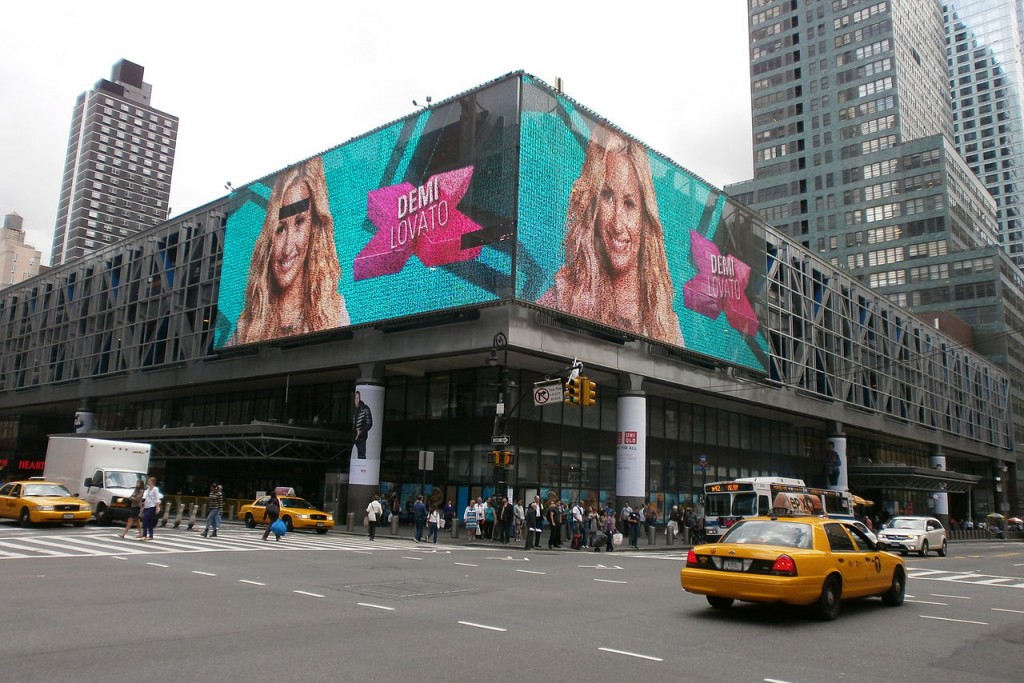
Photo courtesy of Hudconja, Wikipedia
There has been a devastating number of terrorist attacks in 2017, from the travesty of a suicide bombing at Ariana Grande’s Manchester concert to a man driving his truck into a crowd of pedestrians and cyclists near the World Trade Center.
This past Monday morning, New York City was the latest target of terrorism, with Akayed Ullah, 27, setting off an explosive in the city’s subway system. Authorities reported that Ullah was a suicide bomber.
Following the attack, sources like ABC News reported that Ullah was “self-inspired from ISIS online propaganda.” While many people may feel that this information is necessary, it may ultimately do more harm than good.
Terrorism thrives off publicity. The media has inadvertently been an extremely powerful asset to terrorist organizations. Even coverage that demonizes these organizations is ultimately spreading their message and impact, thus making them out to be even more powerful.
According to NPR, behavior economist Michael Jetter assessed 60,000 terrorist attacks between 1970 and 2012. Jetter concluded that “terrorist groups are increasingly seeking in recent years to exploit social and mass media” and “what keeps them alive is the oxygen of this publicity.”
NPR further stated that a separate study reported that “terrorism deaths are the single most heavily covered type of death per capita in the first pages of the New York Times.”
People instinctively want to know as much as possible when it comes to terrorist attacks. They understandably feel unsafe and fearful, and having all the information seems like the best way to protect themselves. Many believe that by reporting these attacks as terrorism could help prevent future attacks, and to some extent these people may be correct.
Ullah, however, was a self-inspired propagator of ISIS. Therefore, his relation to the actual organization was presumably minimal. Associating him with ISIS thus will most likely do nothing to help avert future attacks from occurring. What it does accomplish, though, is strengthening ISIS’ perceived power as well as eliciting even more fear.
According to the Global Terrorism Index, 106 nations experienced one or more terrorist attacks in 2016, which “resulted in the overall global GTI score deteriorating by four per cent since 2015.” The rise is disturbing but unsurprising. Every single year, it seems these organizations gain a larger following. When the media gives terrorists publicity, they are in a way recruiting members for these organizations.
Terrorism is a complex concept and combatting it is no easy task. Terrorist organizations, however, are getting objectively more impactful and it seems likely that the media is playing a major role in their rising influence. Some terrorist attacks do warrant disclosure of information, but in Ullah’s case, the only ones to benefit from the news reporting his association with ISIS was ISIS itself.
News outlets need to be more conscious of their effect in spreading terrorism and consider withholding unnecessary information from the public. There is power in press, and the media has too often forfeited that power.
emeline@ramapo.edu





